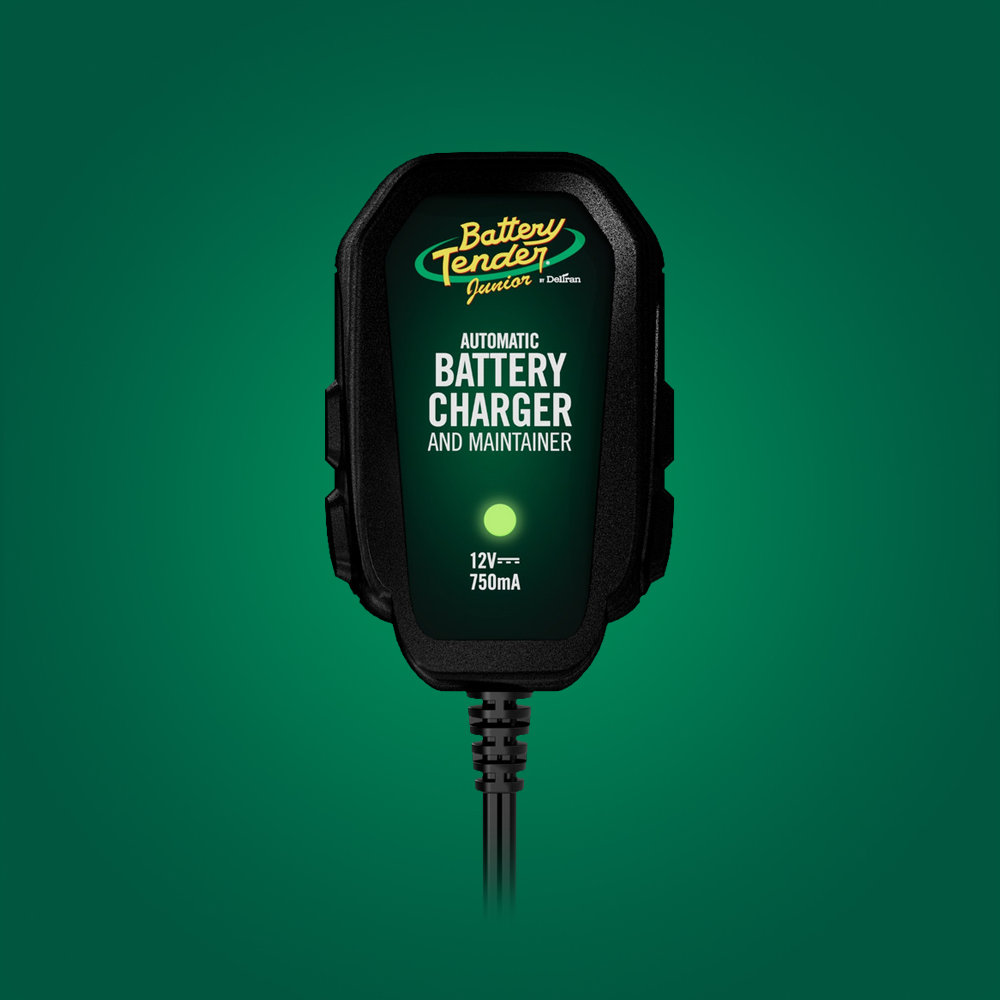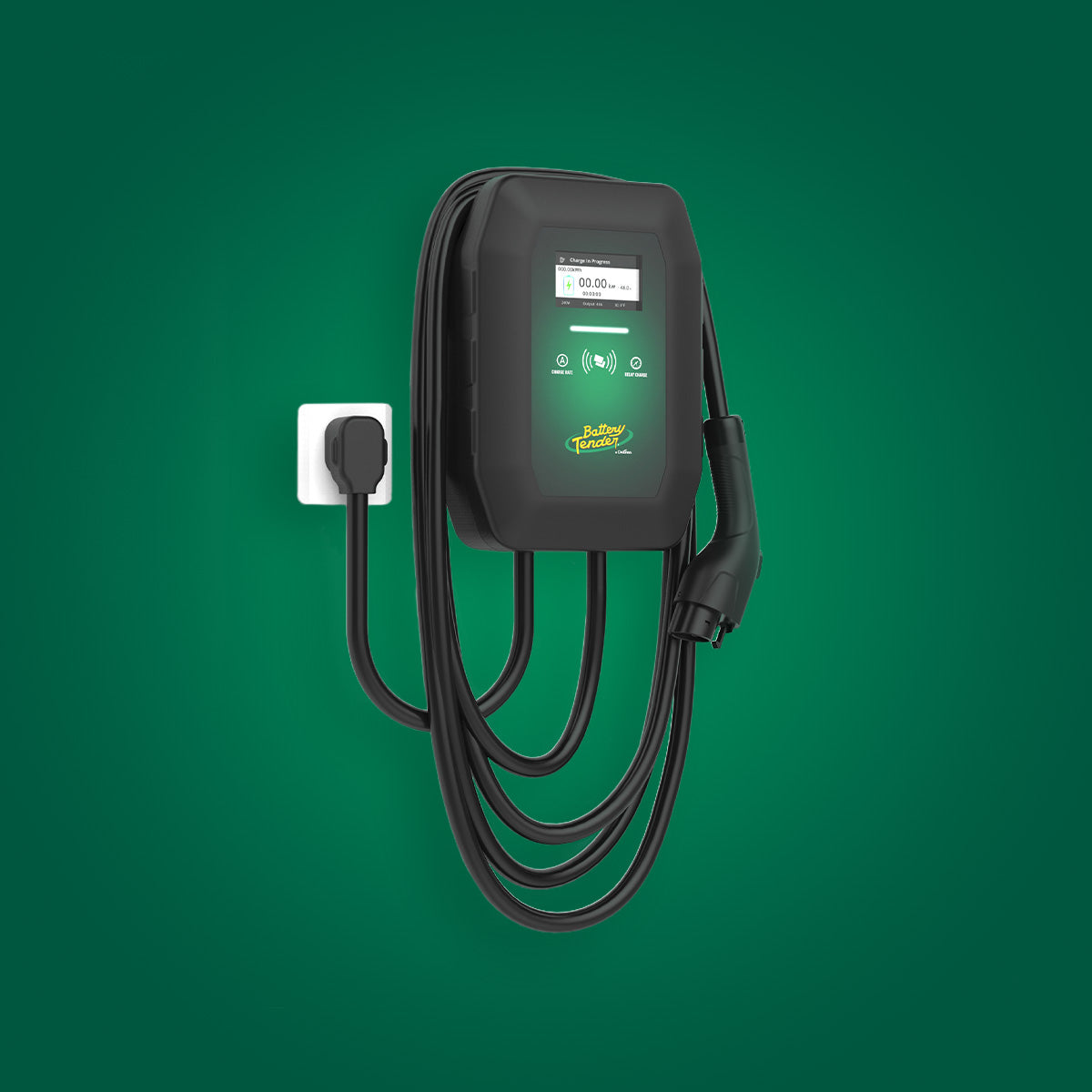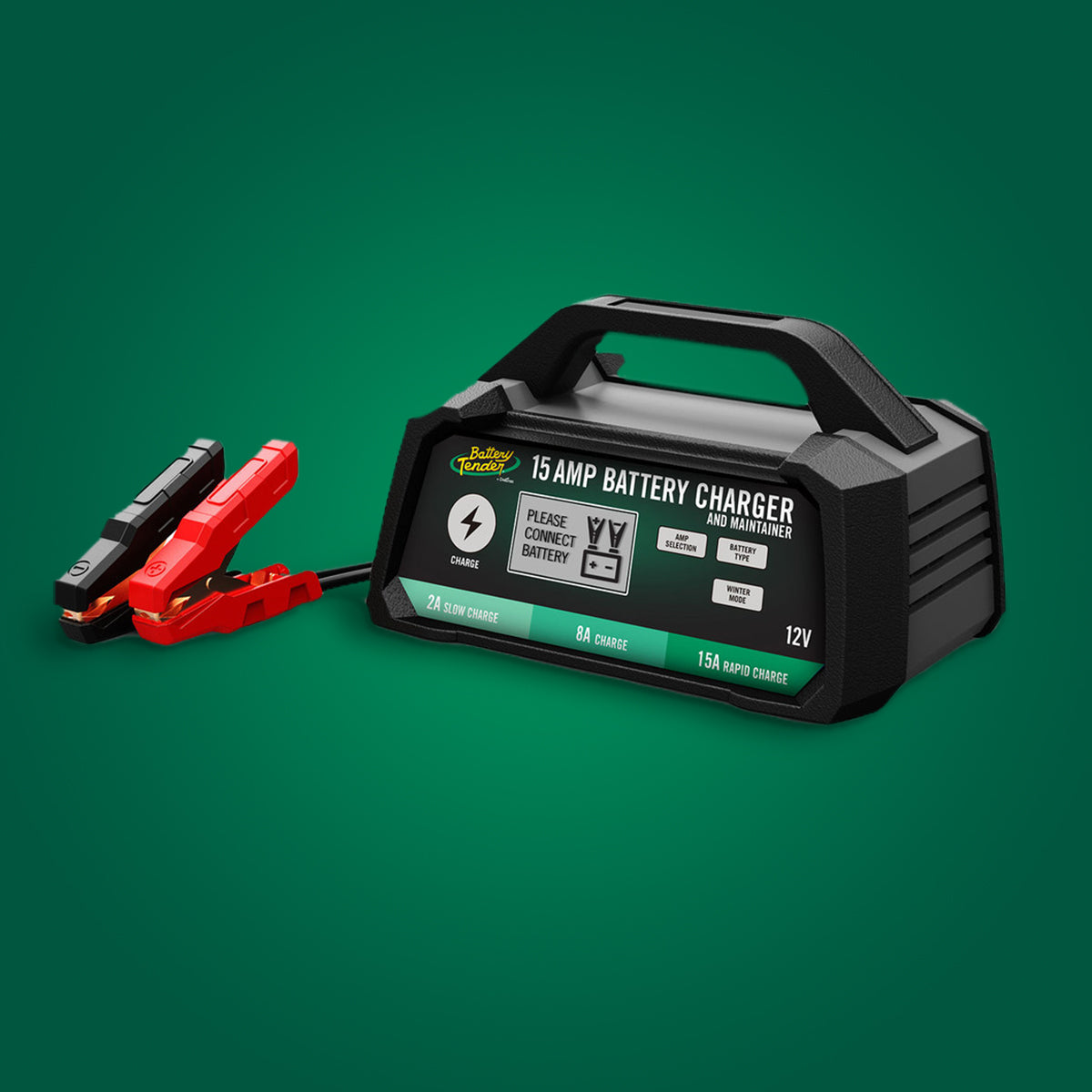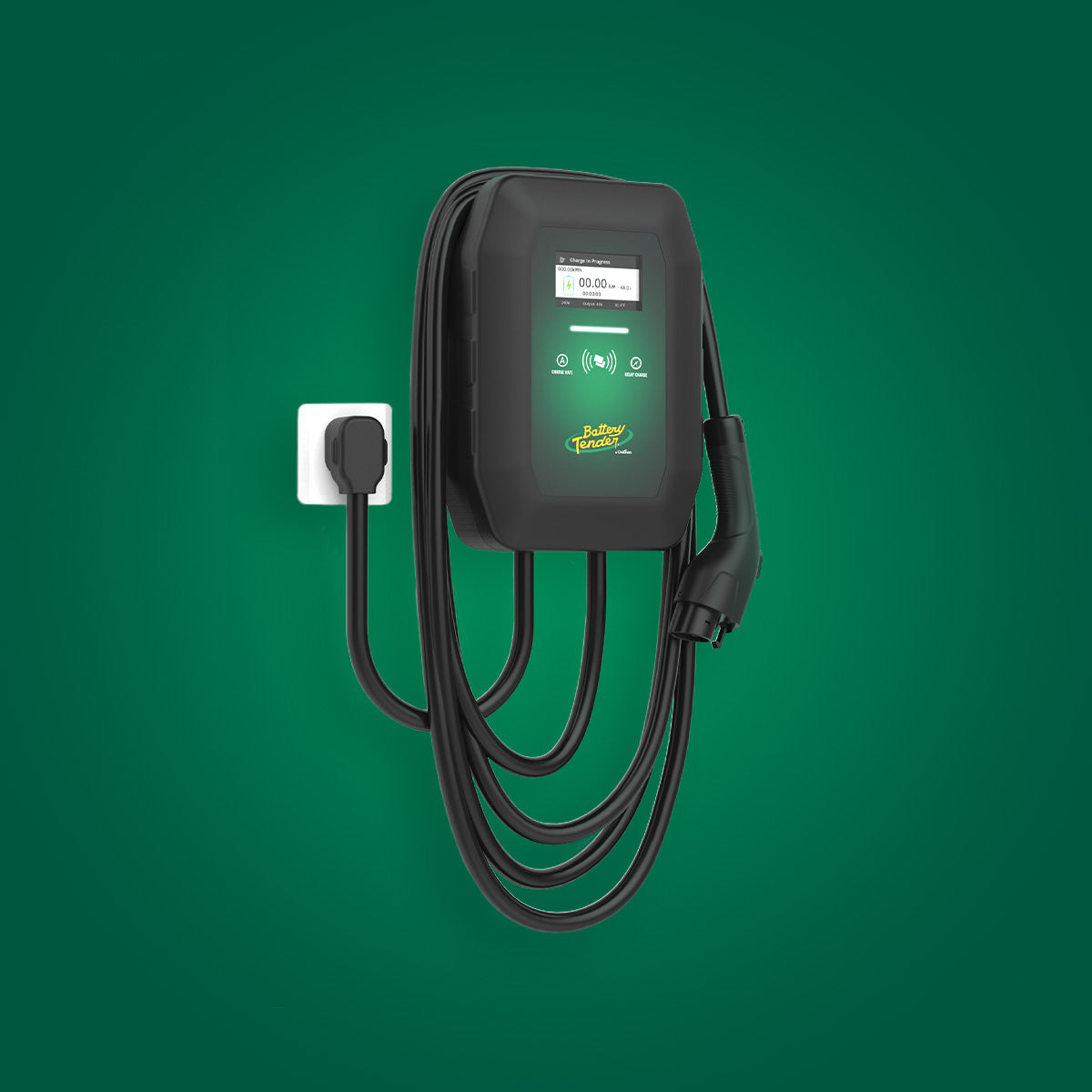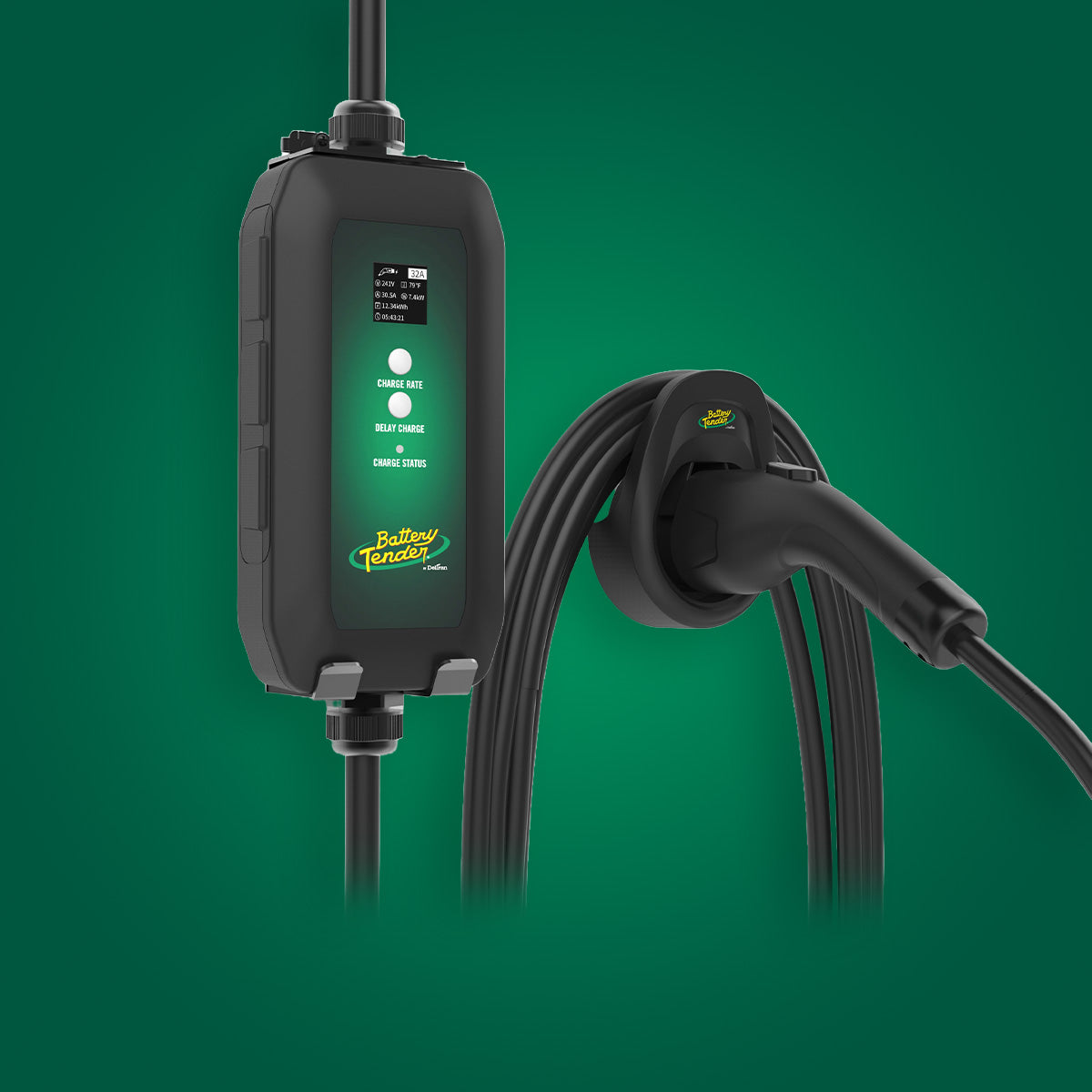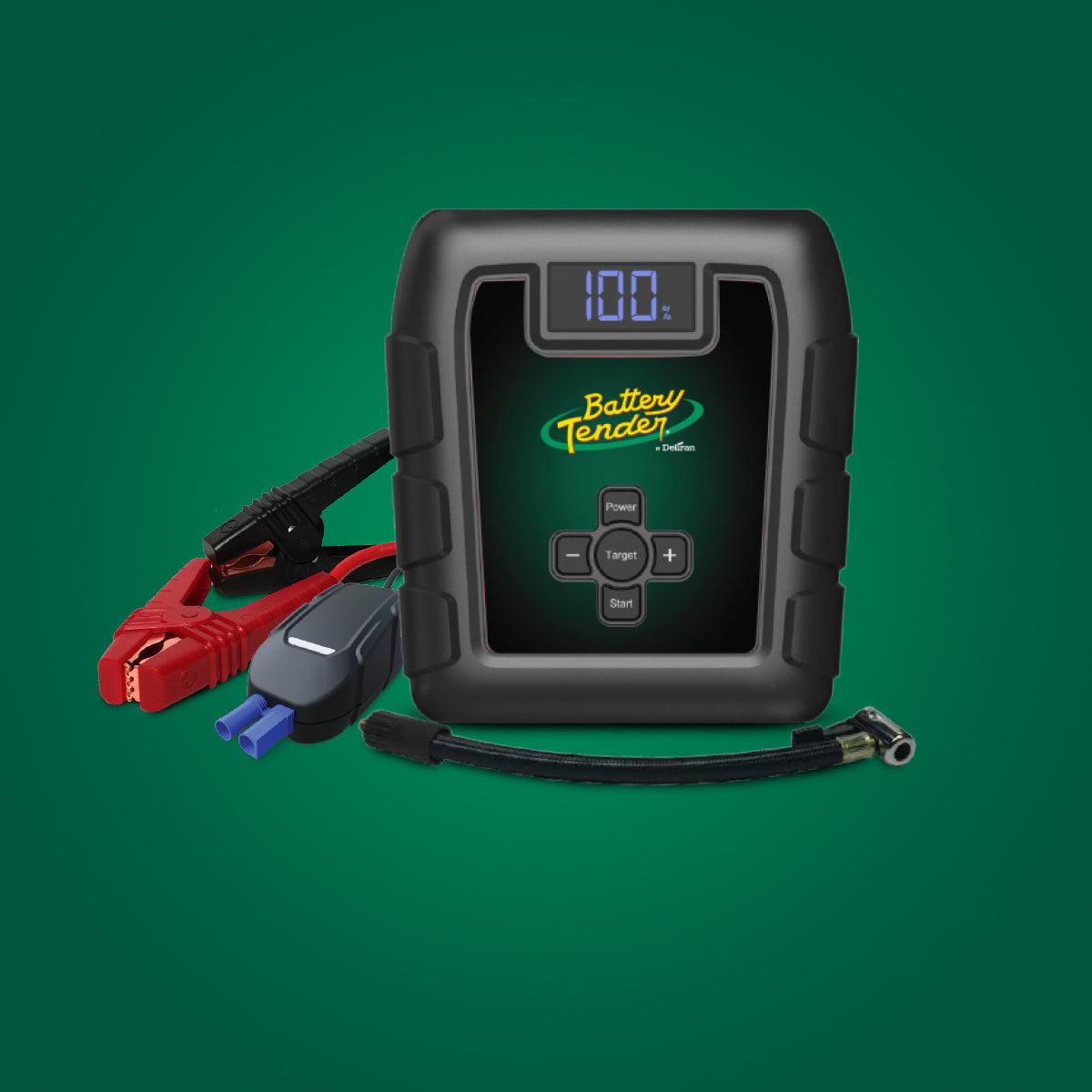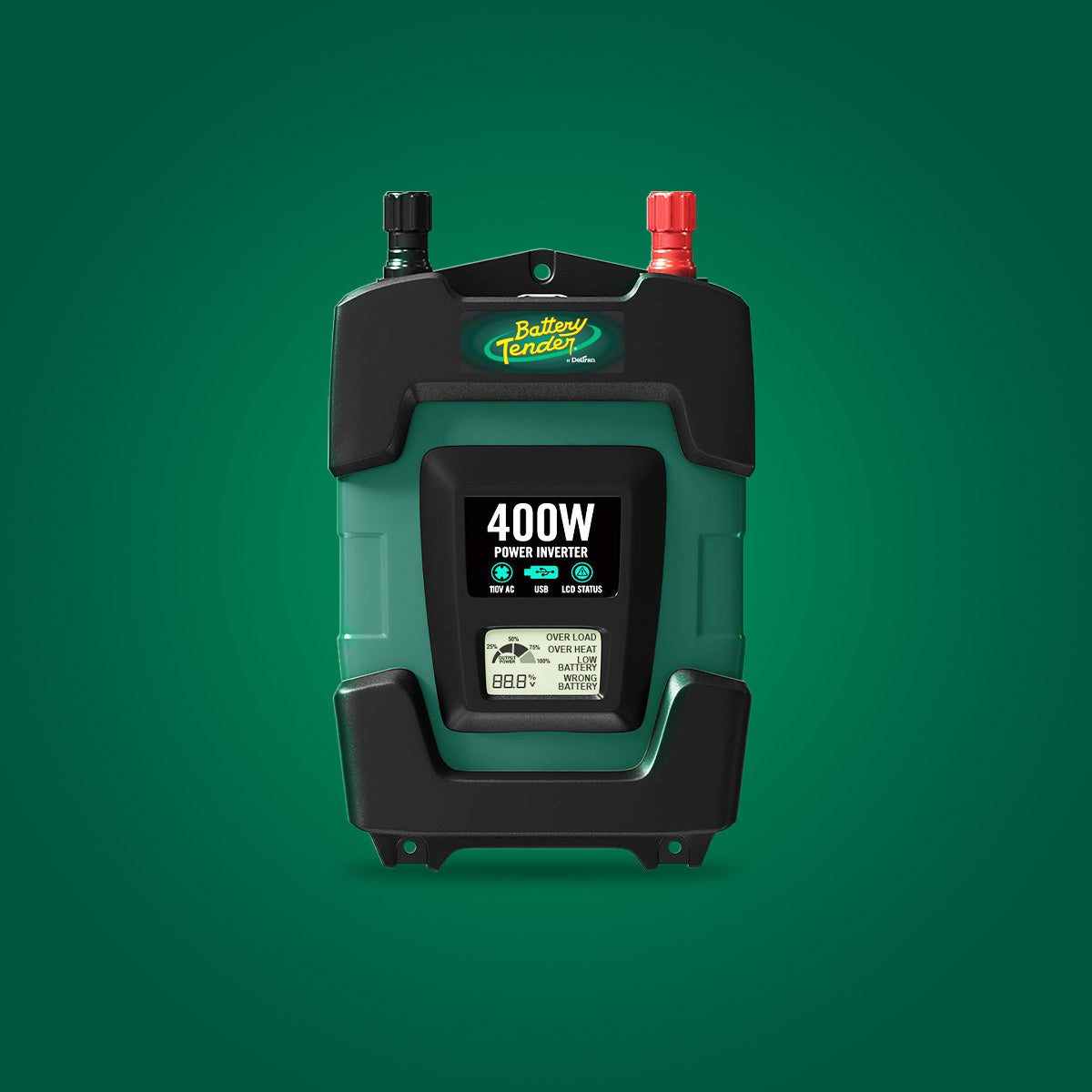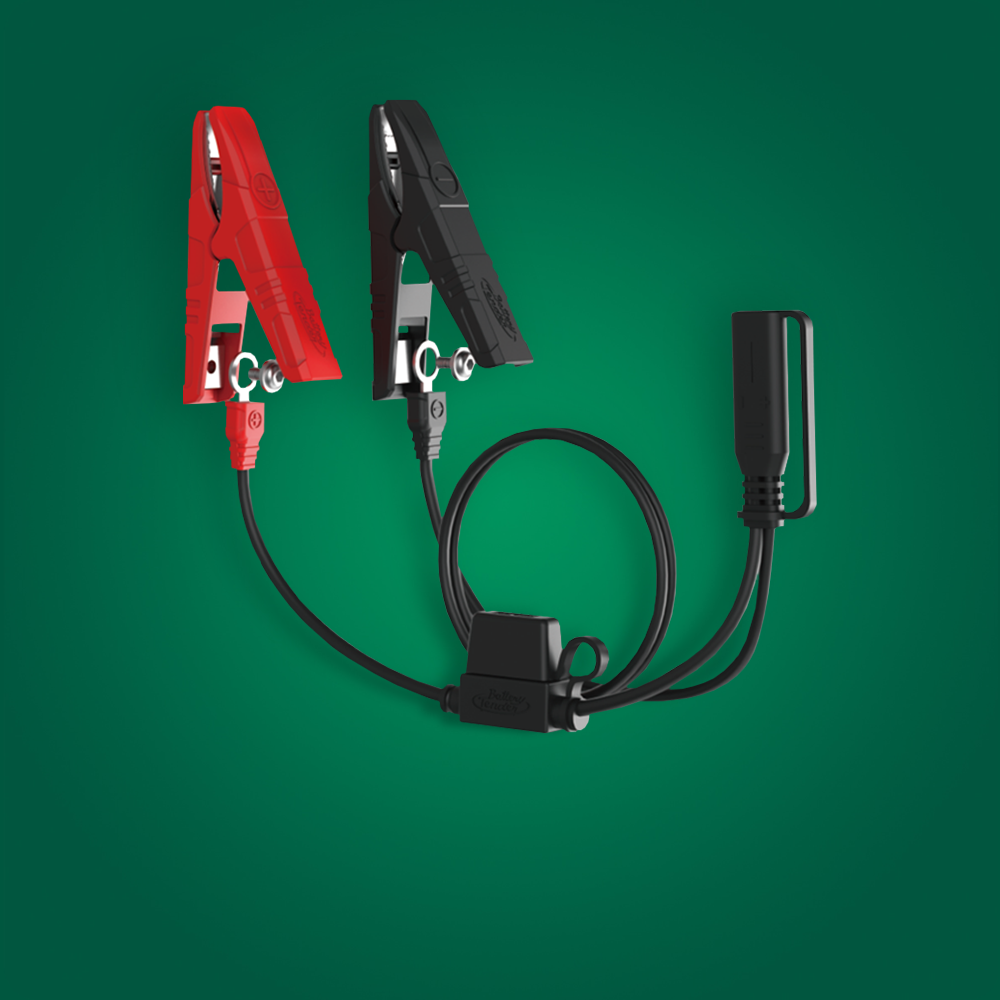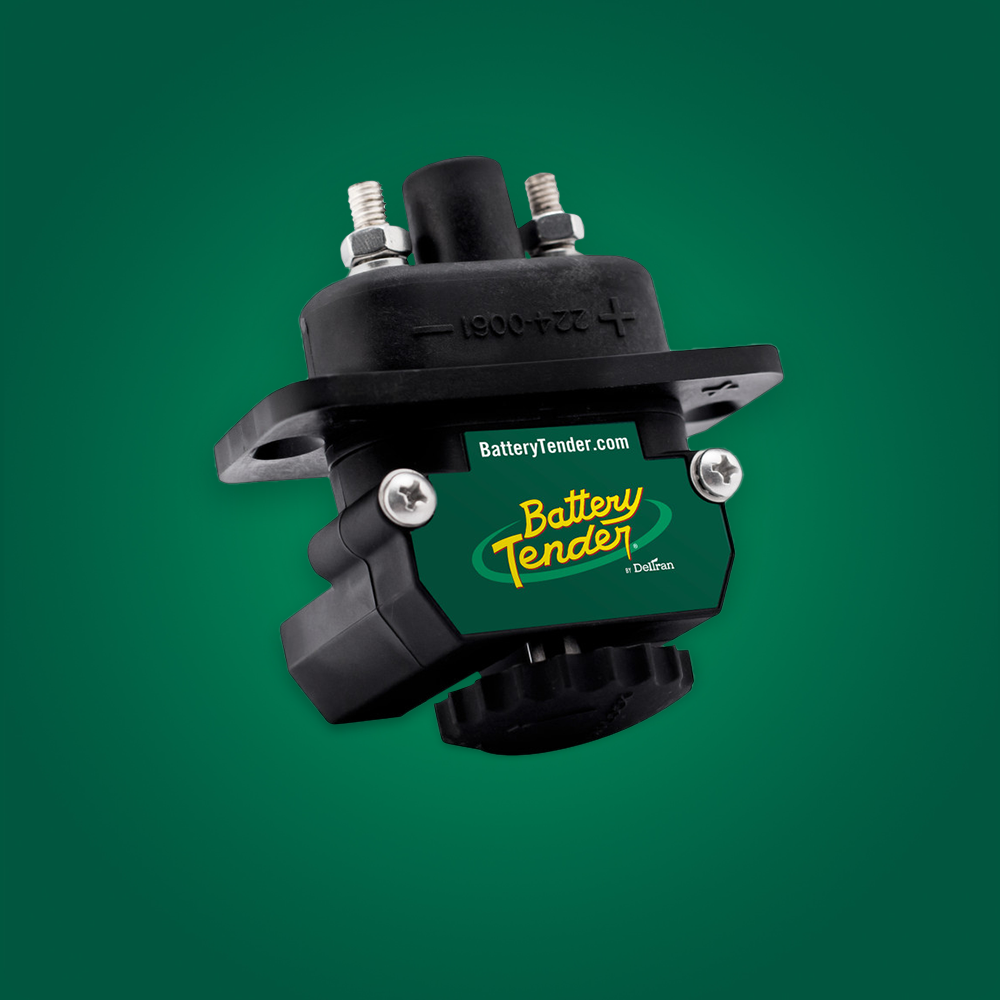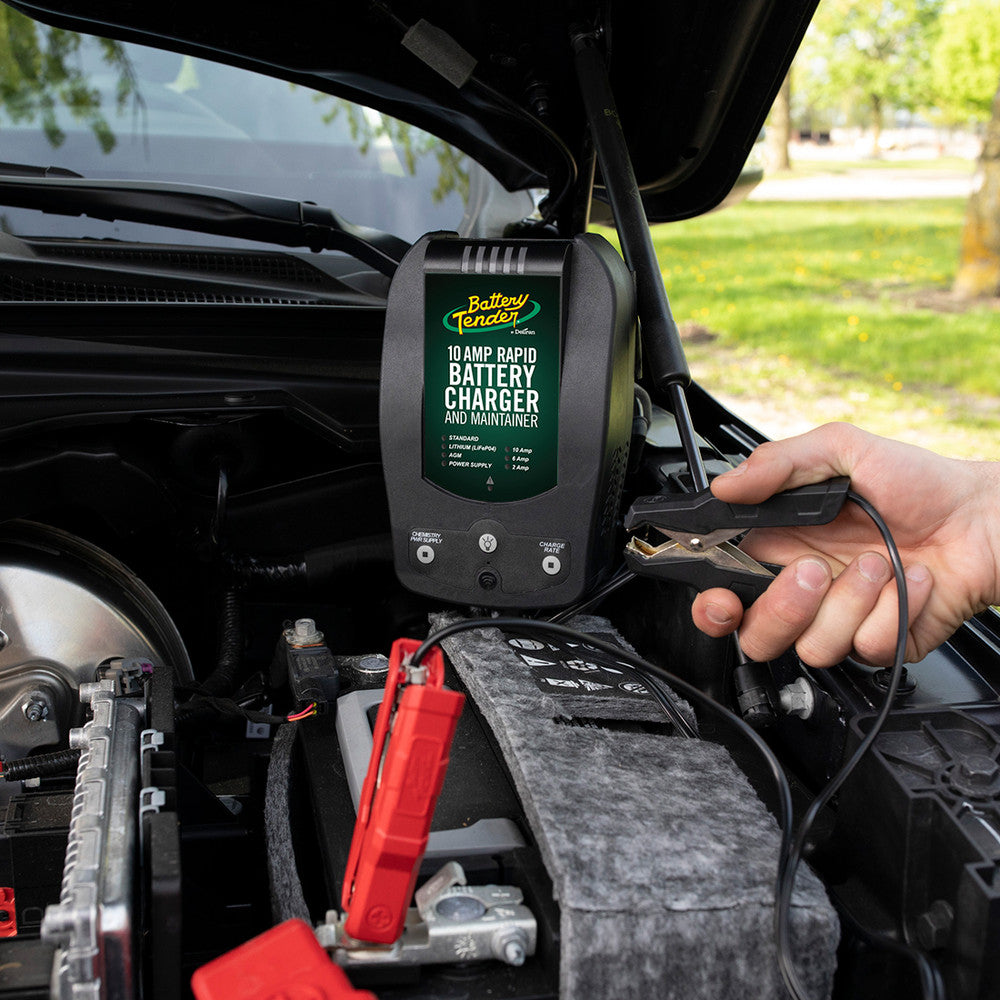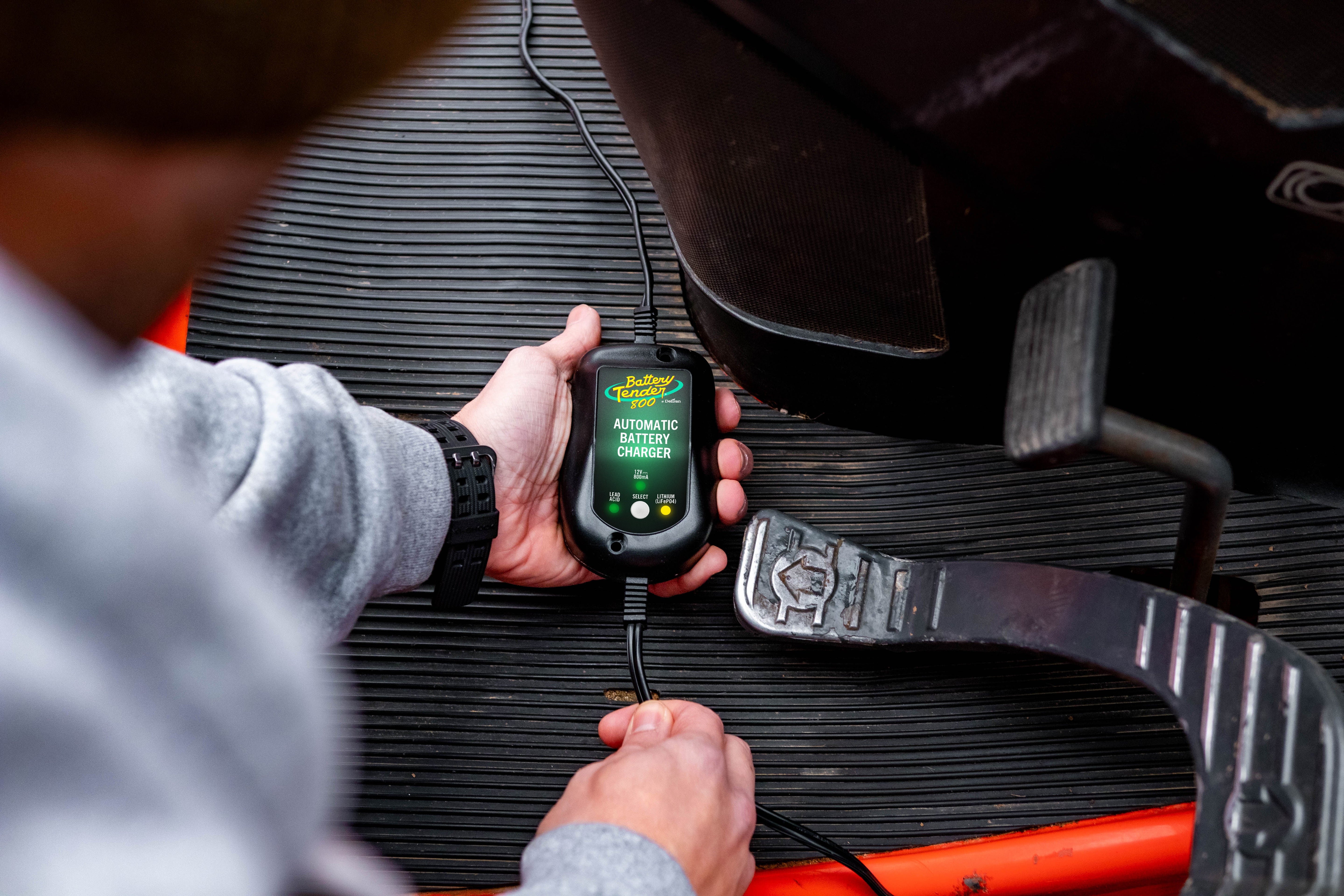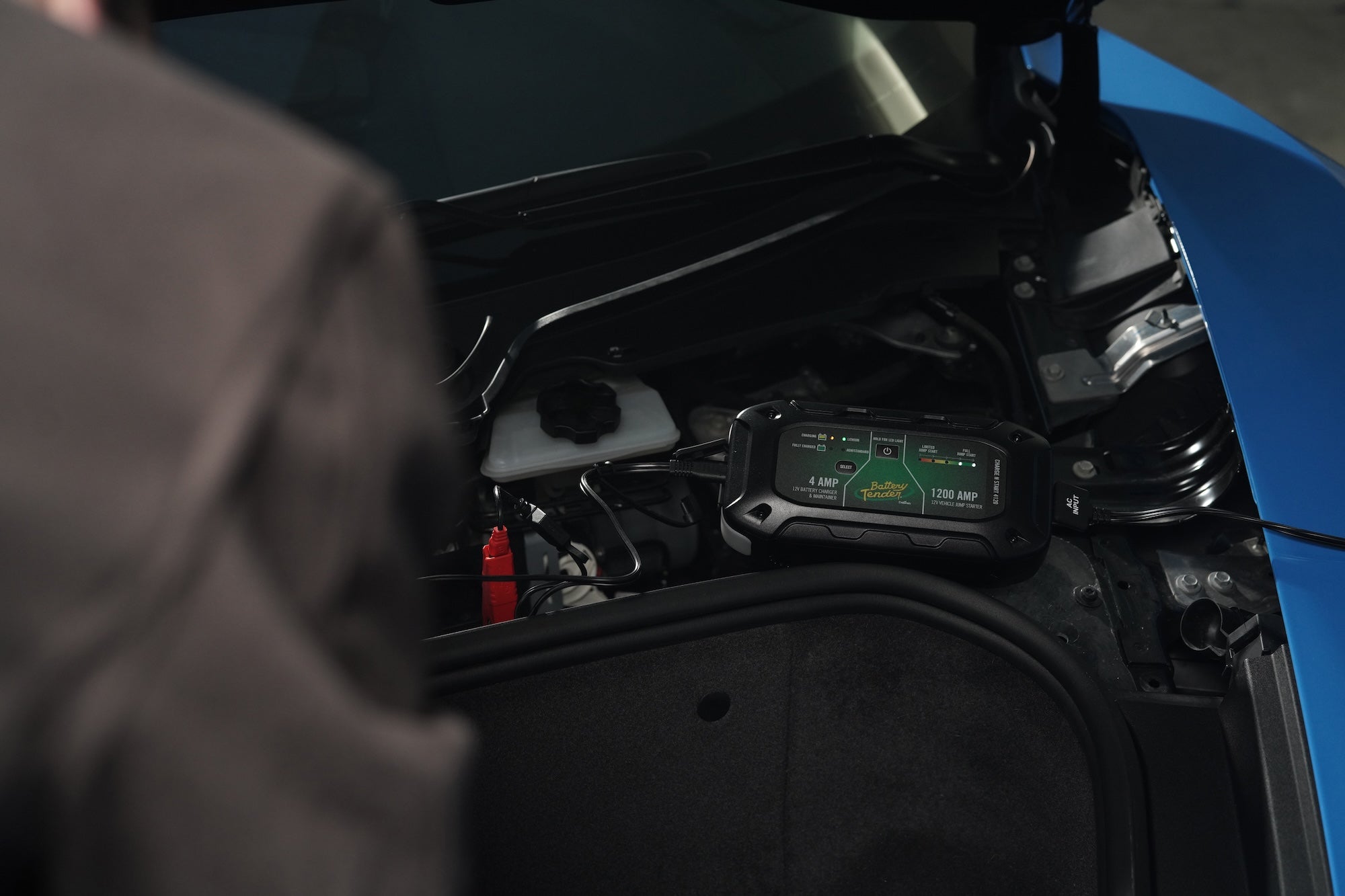If you've noticed that your Battery Tender charger doesn't seem to be producing any voltage, it might not be malfunctioning. One key feature of the Battery Tender chargers and maintainers is their spark-free circuitry, which is designed to enhance safety when connecting the charger to your battery. Here’s why you’re not seeing any output voltage and how to resolve the issue.
The Spark-Free Design:
Battery Tender chargers have a safety mechanism to prevent sparks from occurring when the output alligator clips or ring terminals are touched together. This design ensures there is no risk of sparking, which can lead to short circuits or injury.
When you plug the AC power cord into an outlet, the charger will not produce an output voltage if it's properly connected to a battery. In other words, if you touch the output clips or terminals together when they’re not connected to a battery, you won’t see any sparks or voltage—this is a safety feature, not an issue.
Why There’s No Output Voltage:
Battery Tender chargers are designed to sense a voltage before they begin charging. Specifically, the charger will not produce an output voltage until it detects at least 3 volts from the battery it’s connected to. It must be connected to a battery with the correct polarity before it will start charging.
If you experience a lack of voltage output, here's what's likely happening:
- No Battery Connection: If the output alligator clips or ring terminals are not connected to a battery, the charger will not produce any voltage.
- Battery Voltage Below 3 Volts: The charger requires at least 3 volts from the battery to begin charging. If your battery is too depleted, the charger won’t activate.
- Incorrect Polarity: The charger needs to detect the correct polarity from the battery terminals (positive to positive, negative to negative) to work.
Solution:
- Ensure that the alligator clips or ring terminals are securely connected to a battery before expecting the charger to produce any output voltage.
- Double-check that the polarity is correct when attaching the clips to the battery terminals.
- If the battery voltage is below 3 volts, you may need to pre-charge the battery with a different charger or jump-start it to bring it up to a level where the Battery Tender can engage.
If you've connected everything correctly and the charger still isn’t working, make sure the battery itself isn't damaged or completely dead. The easiest way to do this is by using a trusted battery tester, like the Battery Tender Battery Tester that works on both 6V and 12V batteries. Use this nifty meter to test your battery condition, load, amperage, or check starter motor draw and charging system diagnoses.
Battery Tender has spark-free circuitry to keep you safe, but understanding how it works can help you troubleshoot and avoid any unnecessary frustration. You can also reach out to the fantastic customer service team at Battery Tender by emailing support@deltran-global.com. They’ll be happy to walk you through any additional troubleshooting steps to help you with your battery needs.
By following these steps, you can ensure your Battery Tender charger works as intended and keeps your batteries charged safely and efficiently while also extending the life of your battery.

